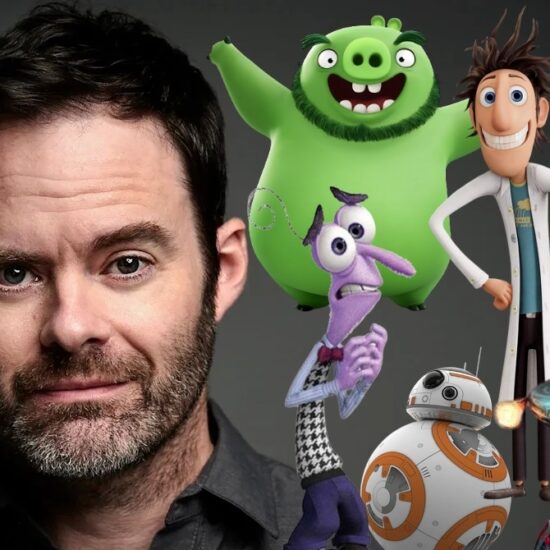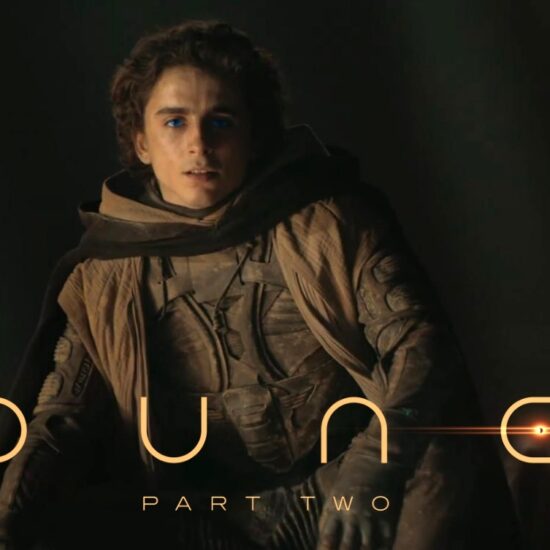
Well before Brian Eno recruited Laraaji for the third installment of his epochal Ambient series, 1980’s Day of Radiance, the man born Edward Larry Gordon already had his own fully formed sound. Still, Laraaji’s origin story is often retold through his connection to the British musician. As the story goes, one day in 1978, Eno went walking in Washington Square Park and came upon a man strumming away on a zither. He dropped a note into his case, inviting him to a recording session, the fruit of which became Day of Radiance, his first album under the Laraaji alias. But before that fateful encounter, Gordon had already released Celestial Vibration earlier in the year, a record whose luminous, phaser-drenched sound and sprawling, side-long pieces shared a sensibility with the nascent ambient movement—right alongside contemporaneous releases like Harold Budd’s The Pavilion of Dreams and Eno’s own Ambient 1: Music for Airports. Numero Group’s four-LP box set Segue to Infinity essentially quadruples the length of Celestial Vibration with newly unearthed material from the era, somewhat incredibly discovered by a college student on eBay in 2021. It should definitively put a nail in the coffin of the narrative of Laraaji as a street busker who was simply “discovered” by Eno, instead cementing him as an preeminent figure in ambient and new-age music’s history.
The development of ambient seems inevitable given how much music in the ’60s and ’70s was unbounding itself from rhythm. Eno himself cites Miles Davis’ 32-minute dirge “He Loved Him Madly” as a proto-ambient text, and Ambient 2 collaborator Harold Budd was influenced by the post-Coltrane school of spiritual jazz. Laraaji, who studied at Howard University and immersed himself in the New York City folk scene after graduating, would’ve been fully conscious of the jazz and modern classical music that still form the backbone of ambient and new age. The latter is a term Laraaji embraces, unlike many other composers blending these influences into non-denominational spiritual music at the time. With some great guided meditation and reiki albums under his belt, the composer has never wavered in his faith in the healing power of music.
The eight pieces on Segue to Infinity embody this heritage, most explicitly the title track, which follows the custom of Coltrane’s later work, using a flute less as an instrument and more as a vessel for the power contained in the player’s breath. The 30-something Laraaji’s sound is rougher around the edges, less blissful than it would become on later works like Essence/Universe or Unicorns in Paradise. “Bethlehem,” one of the two Celestial Vibration tracks, starts by making the physical impact of Laraaji’s zither playing inescapably clear, eventually surrendering to a wash of distortion. Even more dramatic is “Koto,” whose scratchy first few minutes should pique the ear of fans of guitar destroyers like Tashi Dorji or Bill Orcutt. The tracks on Segue to Infinity, especially on the first two discs, toggle so dramatically between the harmonic and percussive extremes of Laraaji’s sound that in digital format, it’d be hard to tell where each track ended or began, if not for brief snippets of studio dialogue at the beginning of “Ocean” and “Koto.”













